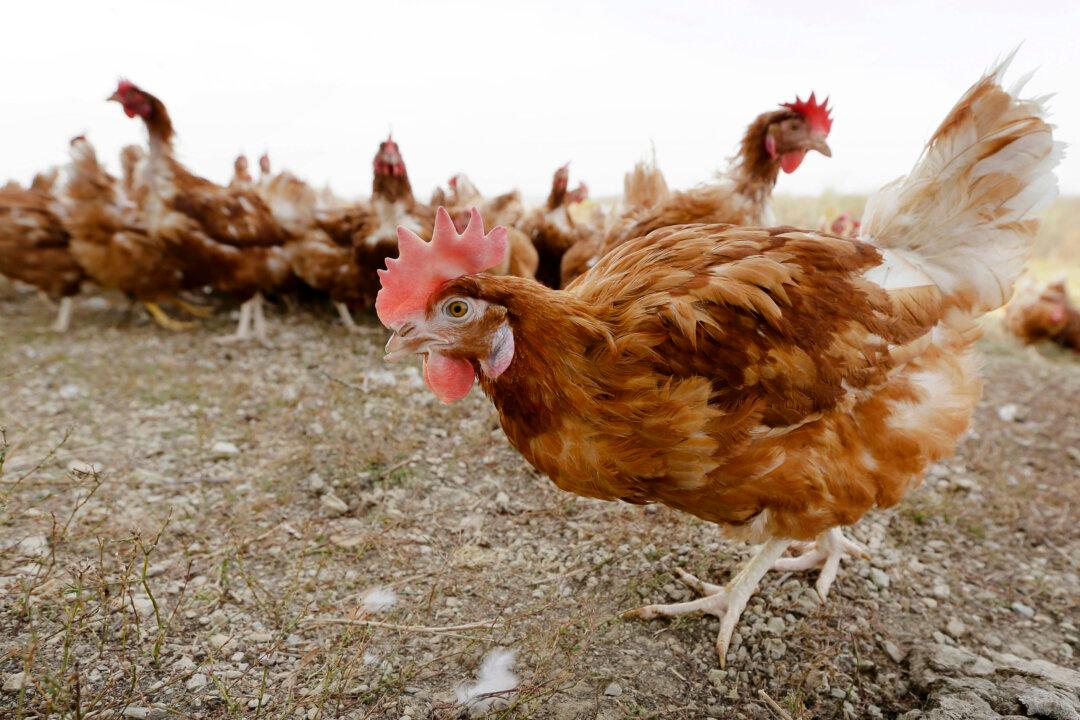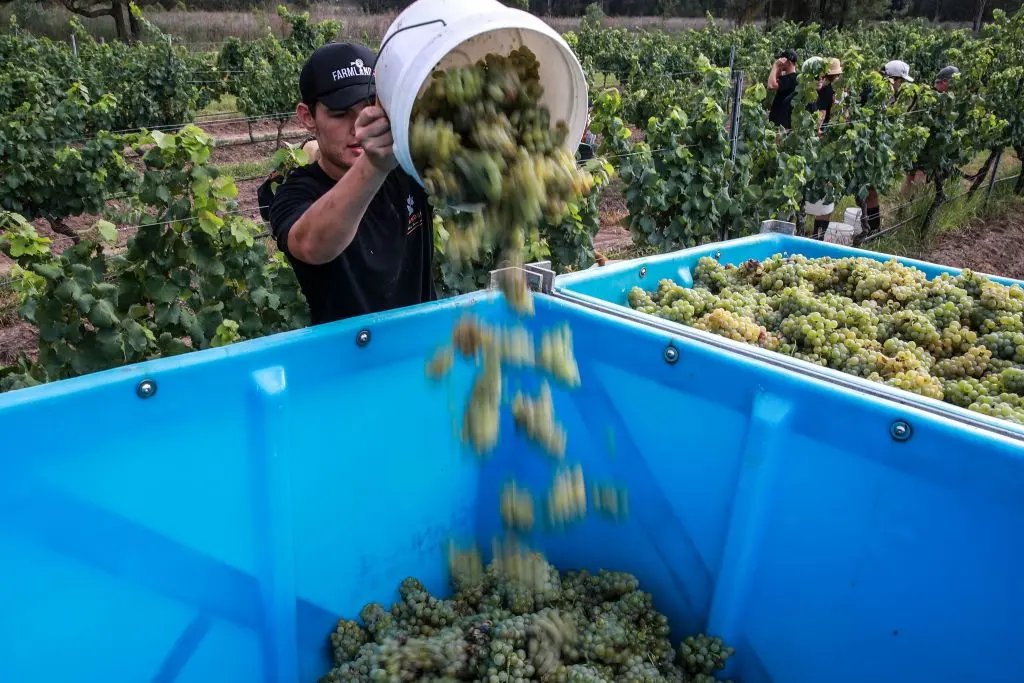Federal Environment Minister Tanya Plibersek has summoned state and territory environment ministers for an emergency meeting on Oct. 18 to address the threat of bird flu.
The meeting follows increasing pressure from conservation groups and the Australian Capital Territory (ACT) government, as Australia braces for the potential arrival of the H5 highly pathogenic avian influenza.





